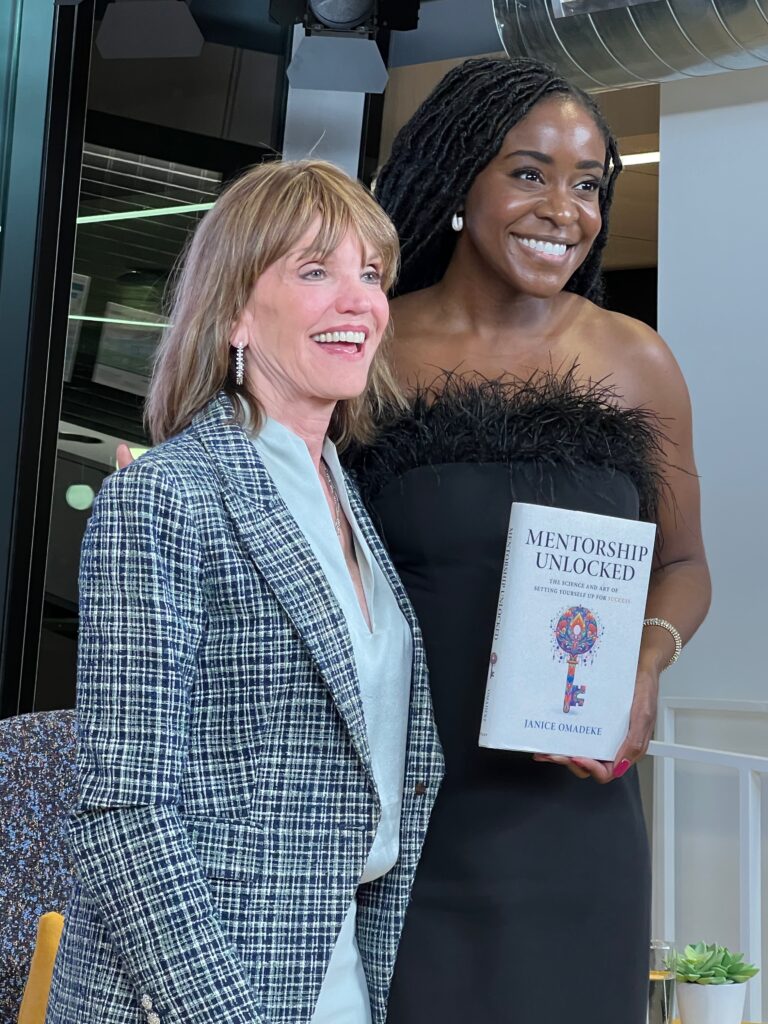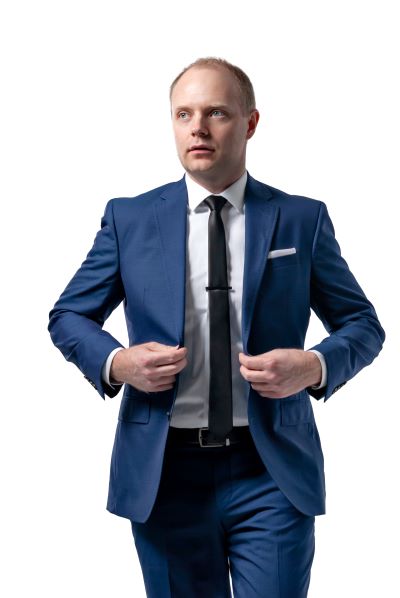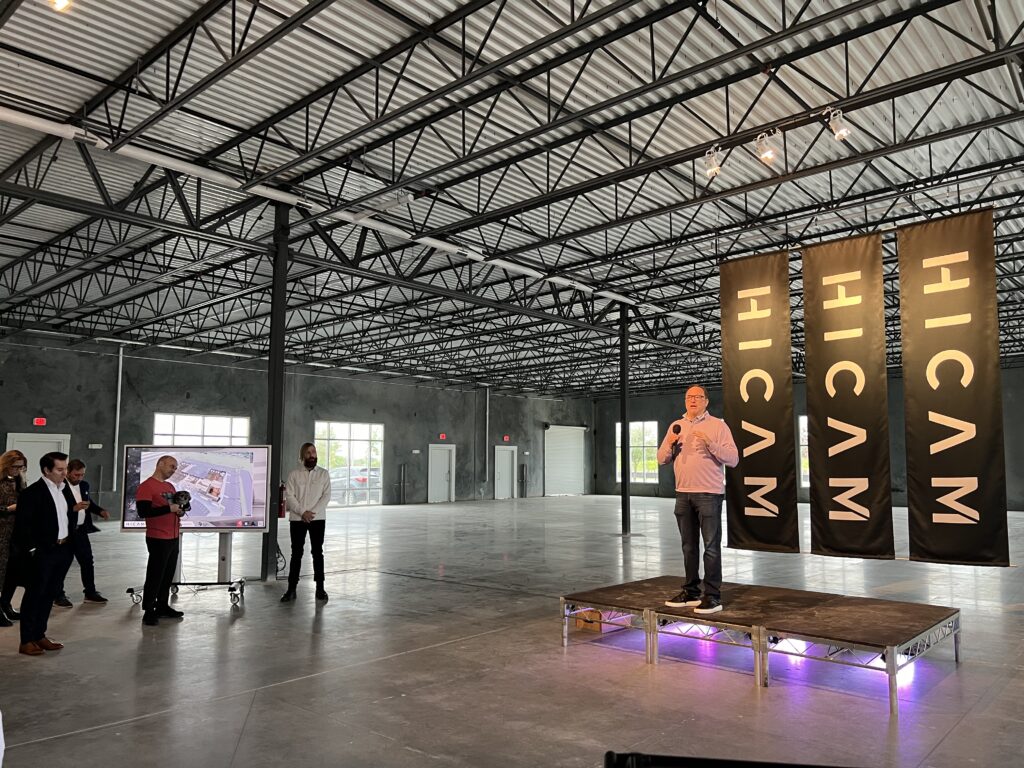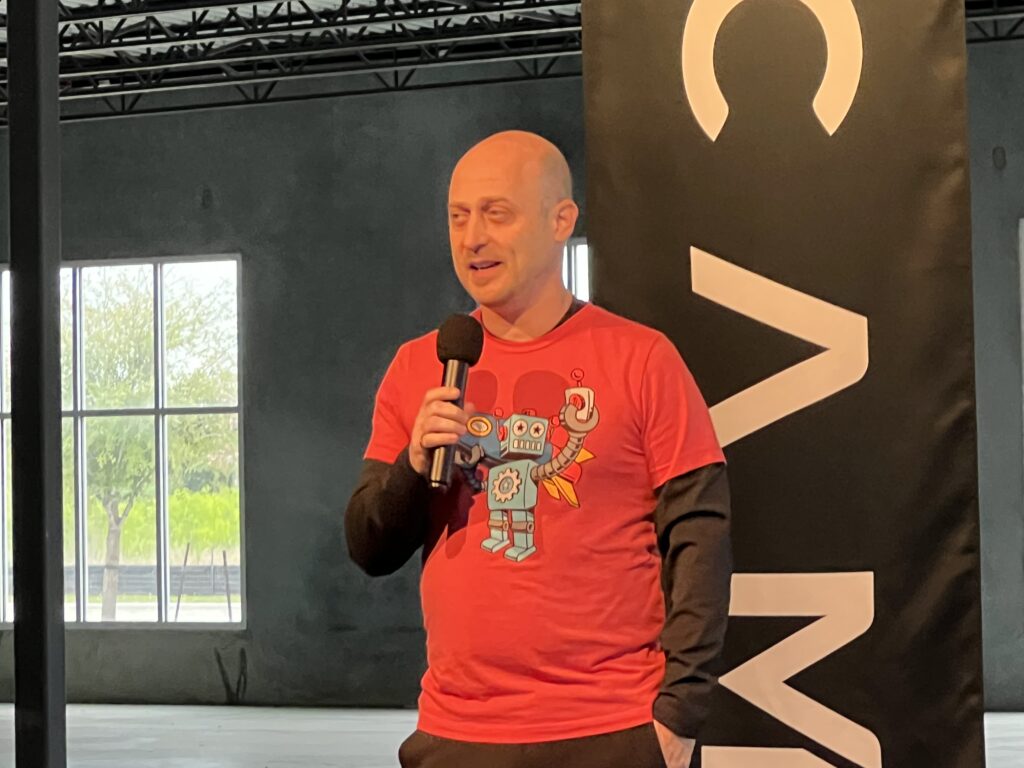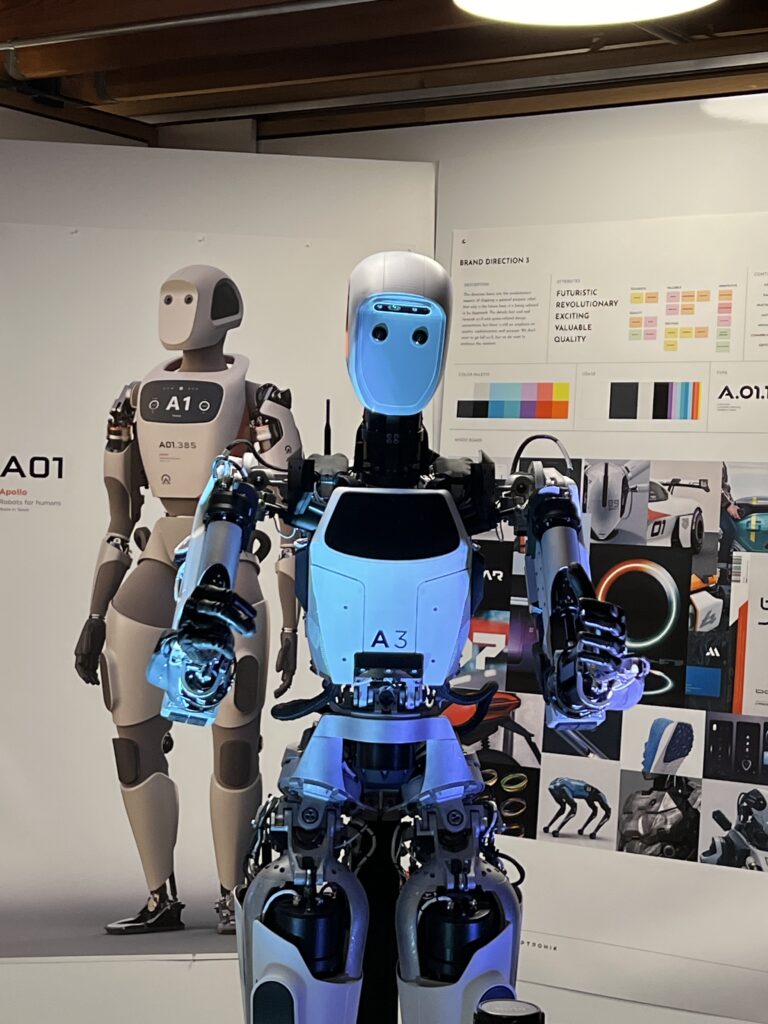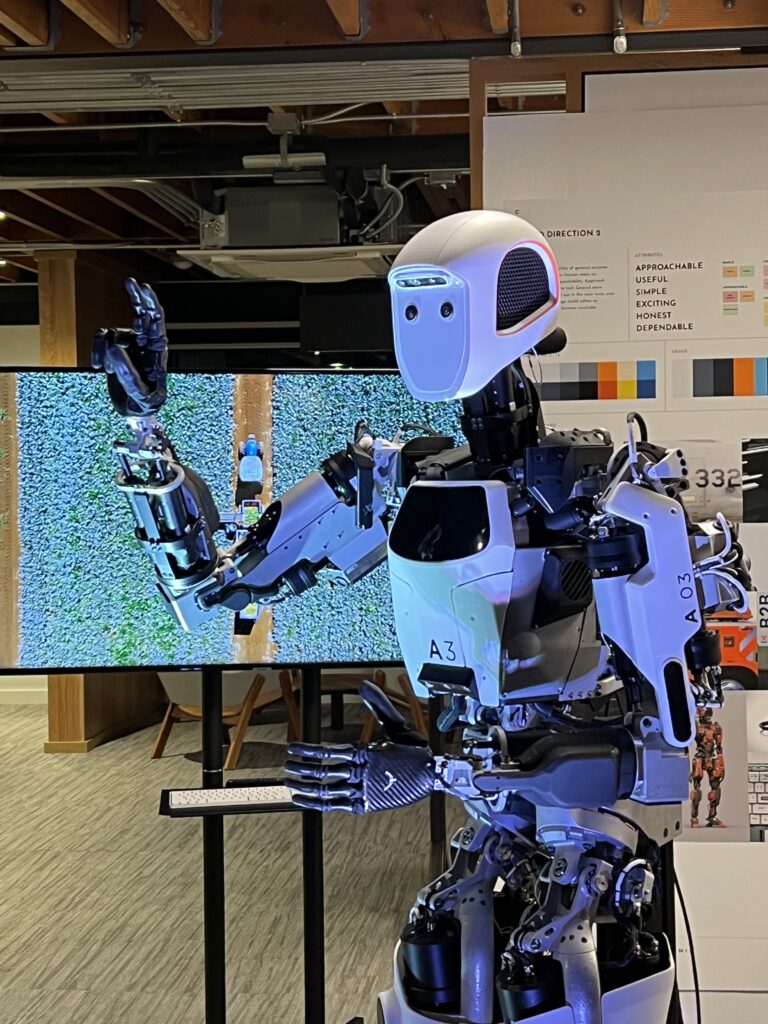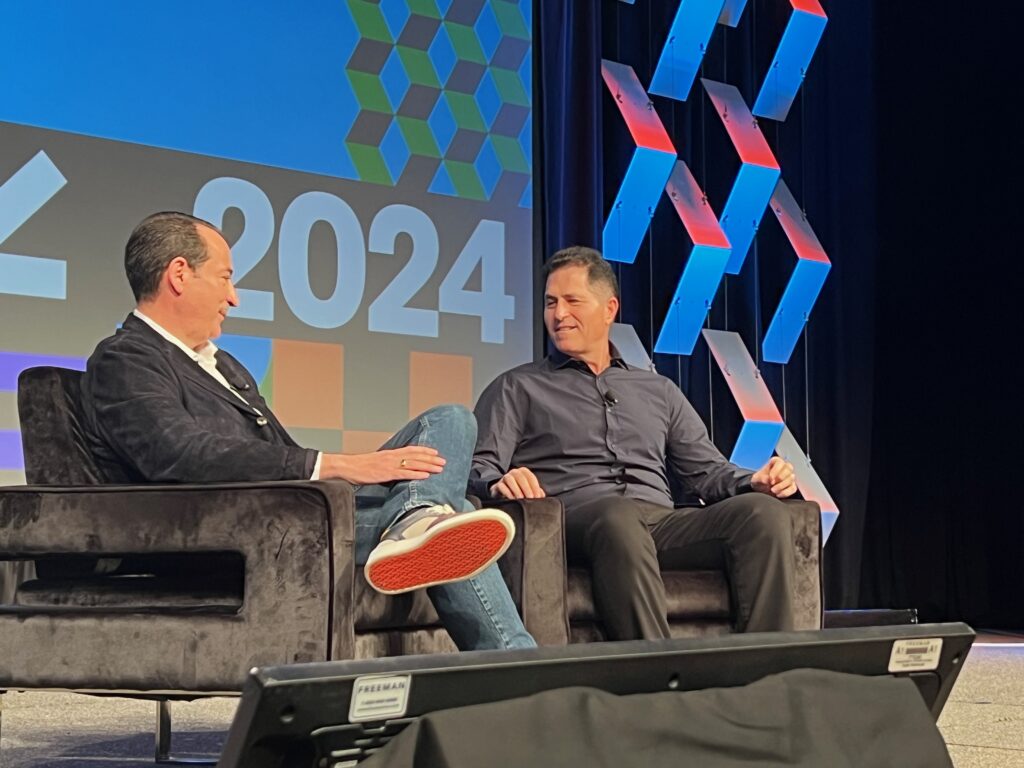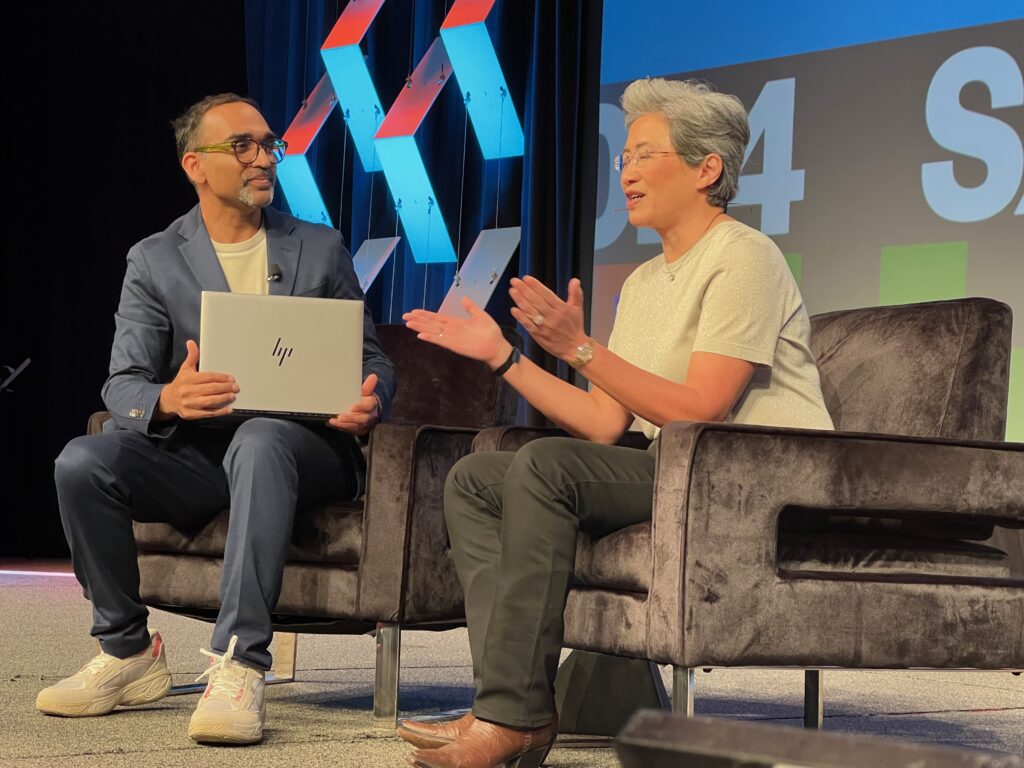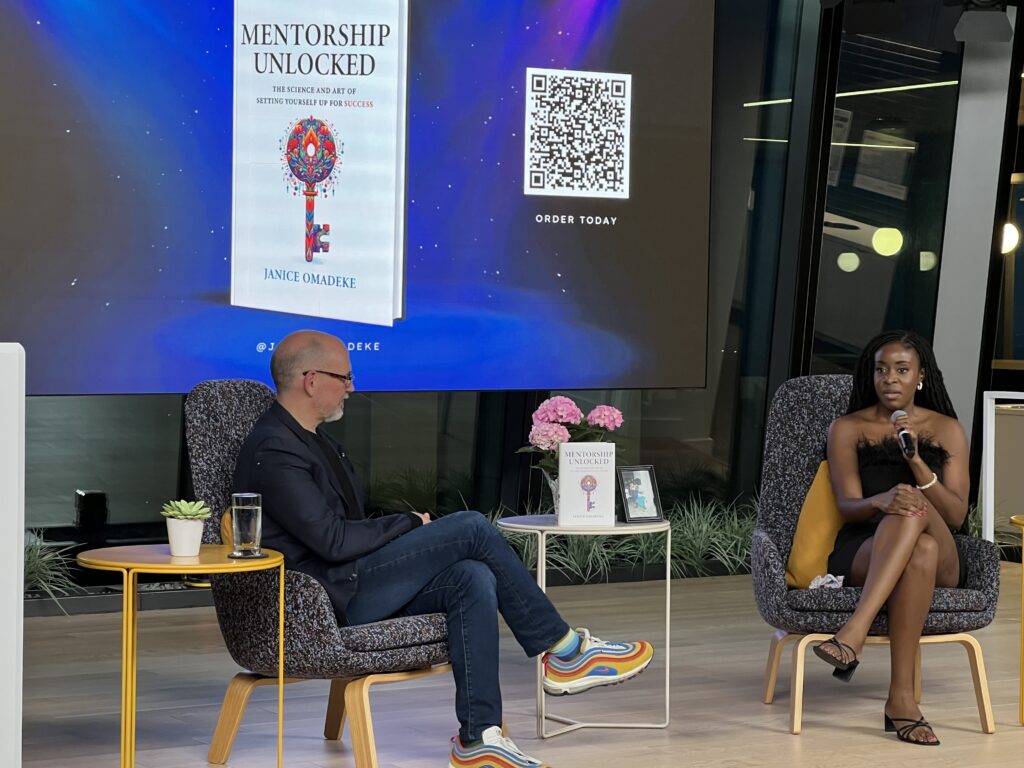
After New York-based The Cru acquired the Mentor Method in September of 2022, Joseph Kopser suggested that Janice Omadeke write a book about mentorship.
Omadeke founded the Mentor Method in 2015 in Washington, D.C. The business created mentorship software to engage, retain and develop talented and diverse employees. She moved the startup to Austin in 2018. Kopser served as a mentor to Omadeke and became the Chief Growth Officer of The Mentor Method.
Omadeke is among the fewer than 100 black women founders who have led a startup and raised more than $1 million in venture capital funding.
“I think one of my superpowers is just staying open to whatever is supposed to be next,” Omadeke said. So, when Wiley representatives approached her about writing a book about mentorship, she said yes.
Wiley published Omadeke’s book “Mentorship Unlocked: The Science and Art of Setting Yourself Up for Success” with an official release date of April 2, 2024. The book is about mentorship, including what it is, how to find a qualified mentor, and how to make mentorship work for the benefit of everyone.
On Monday evening, Chris Hyams, CEO of Indeed, hosted a book launch event for Omadeke at The Indeed Tower in downtown Austin. About 200 people attended the event, which featured a fireside chat between Omadeke and Hyams. The talk highlighted practical insights around inclusive mentorship, Omadeke’s journey and her vision for empowering professionals from all backgrounds.
Hyams noted that Omadeke is vulnerable and open in the book about her experiences. Omadeke said it’s essential to be open as a mentor, to create a safe space for the mentee to grow, make mistakes, and share their fears and aspirations.
Omadeke also notes that mentorship is not easily accessible to many underrepresented groups, and it’s essential to make it more inclusive.
Hyams noted that Omadeke’s book provides a comprehensive framework for mentorship. It outlines seven different types of mentors one may need at different career stages and provides detailed guidance on how to write an email to a potential mentor to ask for mentorship.
“I wouldn’t be here without the help of incredible mentors like Joseph Kopser, Hugh Forrest and Jan Ryan, and others,” Omadeke said.
Omadeke said a person needs seven types of mentors: the company insider, skills master, money-minded, industry, network, influential, and peer mentors. In the book, Omadeke said she aims to help readers see themselves reflected and provides a roadmap for them to navigate their unique professional journeys confidently. She drew heavily from her experience after graduating and spending the first few years in corporate America.
When Omadeke signed up to participate in a mentorship program at her workplace in 2009, the organizers said they didn’t have anyone for her.
“Which actually meant that they didn’t have a woman or a person of color,” Omadeke said. Everyone was a straight white male, and that’s fine in mentorship, by the way. But the organizers of that program felt that race and gender were a stronger determining factor of mentorship than the fact that I’m smarter than everybody else who signed up.”
A male executive saw that and started mentoring Omadeke on the side, unofficially, and not through the program, but he saw her potential and encouraged her.
“I was my first pancake in terms of the framework written in Mentorship Unlocked,” Omadeke said.
Omadeke said she is committed to continued learning and growth and using her experiences to impact her next career opportunity. She also encouraged everyone to stay open to new opportunities, even if they don’t feel fully ready.
Following the talk, several people in the Austin entrepreneurial ecosystem commented on how Omadeke and her book have brought valuable insights to Austin.
“Janice is what Austin has been missing since I arrived in 1993,” said William Hurley, known as Whurley, CEO and Co-Founder of Strangeworks. “There’s not a strong enough mentorship community. A lot of people think they can’t mentor, or they just won’t because they don’t have time. And in her book, she describes exactly how people can give what time they have to drive the careers of those who need that opportunity to have mentorship.”
Preston James, Founder of DivInc, an Austin-based accelerator for women and people of color, praised Omadeke’s entrepreneurial drive and focus on mentorship. When James met Omadeke, she was in Washington, D.C. He encouraged her to move to Austin. In 2018, she won Capital Factory’s pitch competition for female founders, which came with a $100,000 investment. That same year, she also won Mass Challenge’s pitch competition, worth $50,000.
James, who spent a decade working for Dell, saw a massive need for mentorship in corporate America.
“I think anybody who’s tried to make their way and understand the importance of mentorship at various different stages throughout their career and in life, in general, this book captures the essence of that,” James said. I recommend it to everybody.”
James said he’s getting a copy of the book for his niece, who is graduating from Arizona State this spring.
“It’s a make or break for any individual who is serious about their professional growth,” James said.
No one had tackled this topic until Janice said Jan Ryan, a partner at Capital Factory, a serial entrepreneur and a professor at UT who teaches the popular “Women in Entrepreneurship” course. Ryan recommends the book to students and everyone, no matter what career stage.
“She is bringing to life information people need to know no matter where they are in their careers. Finding the right killer mentor you’ve always dreamed about is now possible,” Ryan said. Read this book because it shows you how to get there, and it’s a two-way street. It’s not just about you. That’s why she’s successful. She understands that.”
“Janice is a hero to us all,” said Hugh Forrest, Co-President and Chief Programming Officer at South by Southwest. The mentoring concept she advocates so eloquently is so important to many different people at many levels of their careers. So, it’s a fantastic book for all of us to enjoy.”
Omadeke did a fireside chat with Kim Scott, the bestselling author of Radical Respect, at SXSW 2024. Following her talk, Omadeke did a book signing and sold out of her book.
“We had 40 copies, and they all went,” Forrest said. “We probably could have sold a lot more. It was great to have her part of the event. She served as the host of the innovation awards in 2023. She’s been very involved in SXSW for many, many years.”
